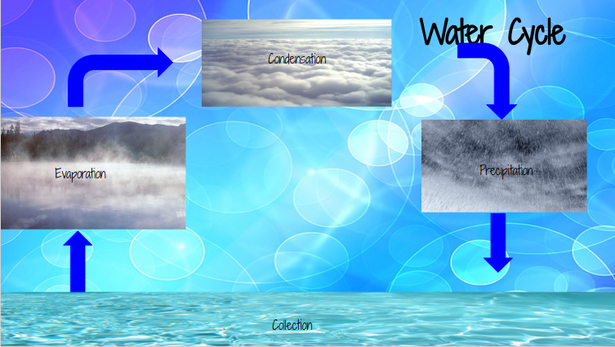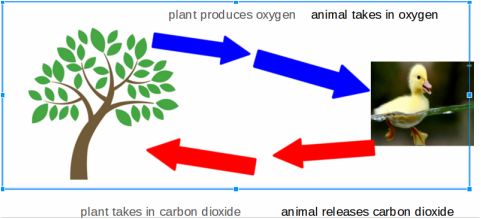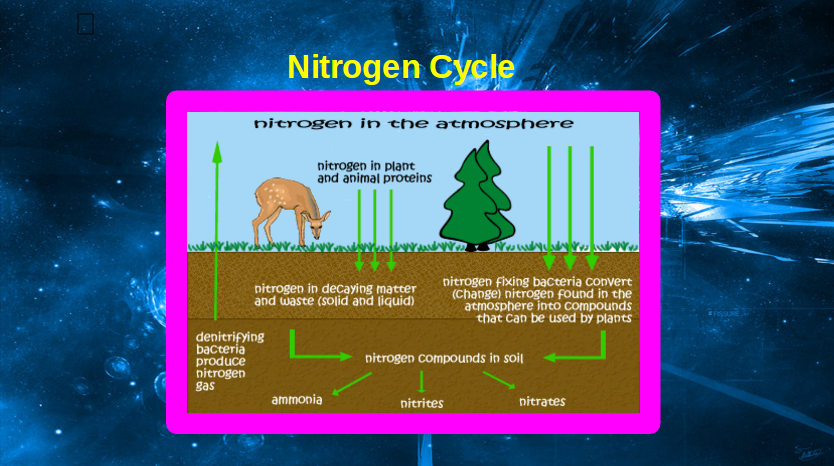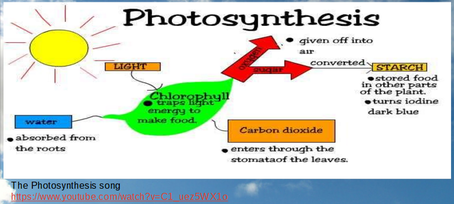The Cycles Of The Earth
The Cycles of the earth are very important because they allow you to have food to eat and a healthy environment.
The Water CycleInformation on the Water Cycle
Water is perhaps the most important component of any ecosystem. All living organisms need water to grow and survive. In an ecosystem, water cycles through the atmosphere, soil, rivers, lakes, and oceans. Some water is stored deep in the earth. Surface water, on the other hand, is the source that sustains life on land. In many cases, water also structures the physical habitat of an ecosystem. Polar bears, for example, rely on ocean ice in order to successfully hunt and capture seals. Rivers, lakes, and other bodies of water divide environments into different habitats, effectively defining where some organisms can live and others cannot. What’s more, most of the life on Earth actually lives completely submerged in the waters of the oceans. Water is truly a powerful factor in all ecosystems.
Precipitation is a component of how water moves through Earth’s water cycle, connecting the ocean, and land. Knowing where it rains, how much it rains and the character of the falling rain, snow or hail allows scientists to better understand precipitation impact on streams, rivers, surface runoff and groundwater. Frequent and detailed measurements help scientists make models of and determine changes in Earth’s water cycle. The water cycle describes how water evaporates from the surface of the earth, rises into the atmosphere, cools and condenses into rain or snow in clouds, and falls again to the surface as precipitation. The water falling on land collects in rivers and lakes, soil, and porous layers of rock, and much of it flows back into the oceans, where it will once more evaporate. The cycling of water in and out of the atmosphere is a significant aspect of the weather patterns on Earth. |
Carbon and Oxygen CycleWIthout the carbon and oxygen cycle all of the other ecosystems wouldn’t have oxygen or carbon dioxide.
|
Nitrogen CycleThe nitrogen cycle helps the ecosystem by producing nitrogen and making it free for organisms.
First step: Is free nitrogen in air. Second step: Bacteria goes into the roots. Third step: Consumer eats the plants. Fourth step: Consumer Consumer poops & pees. Fifth step: Bacteria releases some free nitrogen into the air. Sixth step: The cycle keeps repeating. PhotosynthesisWhat Is It
Photosynthesis -”The process in which organisms use water along with sunlight and carbon dioxide to make food”. What has to be present for Photosynthesis to occur For Photosynthesis to occur you need Sunlight,Water,Carbon Dioxide and Chlorophyll (a green pigment, in all green plants,responsible for absorption of light to provide energy for photosynthesis). What are The Products of Photosynthesis The products of Photosynthesis are Glucose (Sugar) and Oxygen. What is The By-products Of Photosynthesis Carbon dioxide mixed with water makes a sugar called glucose. The glucose is used in respiration, or converted into starch and stored. Oxygen is produced as a by-product. This process is called photosynthesis. What are the benefits of Photosynthesis
Videos |
Works Cited
|






